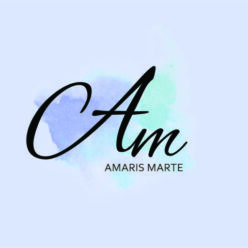Entry 1
1a. When starting this internship, I had to create a magazine ad that provided their logo trademark. They provided their brand book as to how the logo should look and what colors are allowed for their logo. As well as the sizing, since I had to create a magazine ad they didn’t say much as to using different colors in their logo but that it fits with their theme colors it wasn’t an issue. When it comes to using images in their social media and ads I used the photography they gave me in a one drive folder to use. I can use other images but making sure it was from a site that doesn’t have copyright so that there were no illegal problems.
1b. Before I started officially at the magazine company, I had to sign documents that had non-disclosure and agreements for their company. Such as having an assignment that is due to not post it or provide information to anyone if it hasn’t been released yet. In the non-disclosure I can show and credit my work but I would have to wait until they post it on their end then I can save it on my portfolio or social media to credit myself.
References:
Milton Glaser, https://www.miltonglaser.com/store/c:posters/g:2000-current/.
Eileen, and Eileen. Ethics in Graphic Design, 19 Jan. 2018, http://www.ethicsingraphicdesign.org/are-we-ready-for-unphotoshopped/.
Entry 2
2a. In the past I have used other creative work for a project that I used to design a campaign in which I had to credit the artist’s work in the end since I used their images but tweaked it a little but still had to credit the artist. When learning that in the past I make sure to credit the artist’s work since I’m designing so that on my end I am safe and the company.
2b. The Fairley Copyright case was interesting since it gives one example as to always make sure the image or illustration isn’t copyright or there can be legal actions that lead to suing since the artist has that right. There are some websites that can be used freely without copyright and such that are safe to use because you don’t have to credit an artist or make sure you find the original work for that designer.
References:
Vuitton, Louis. “Louis 200: Louis Vuitton ®.” Louis 200 | LOUIS VUITTON ®, https://us.louisvuitton.com/eng-us/stories/louis-200#!/videogame.
Stim, Richard, and Rich StimAttorney at law. “Welcome to the Public Domain.” Stanford Copyright and Fair Use Center, 25 Nov. 2021, https://fairuse.stanford.edu/overview/public-domain/welcome/.



